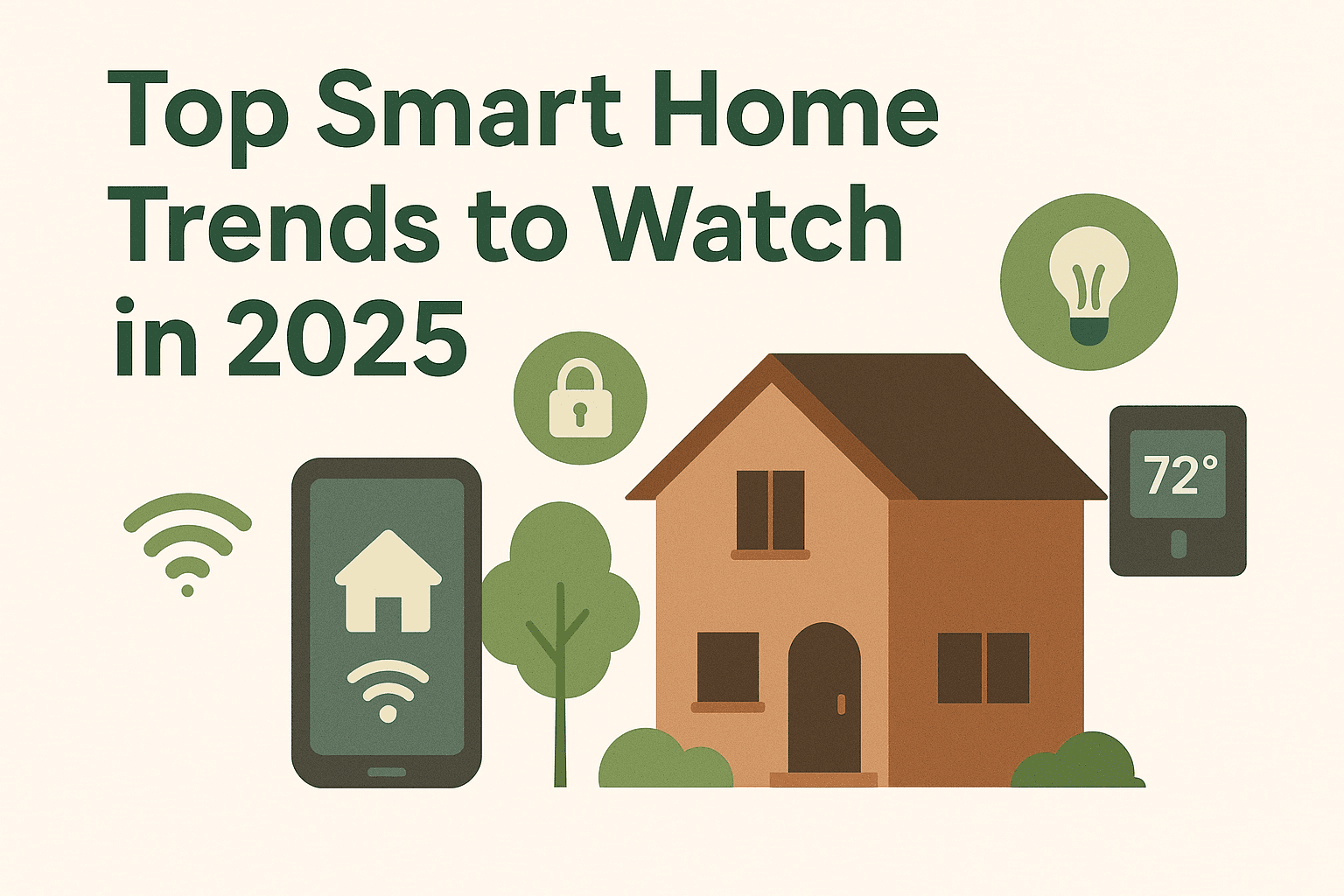Wearable Health Tech: Beyond Step Counting

Wearable health technology has evolved from fitness trackers to medical-grade devices. In 2025, these gadgets are becoming essential tools for proactive health management—while raising important questions about privacy and accuracy.
1. Continuous Health Monitoring Devices track glucose trends, blood pressure, and SpO2 with noninvasive or minimally invasive sensors.
- Trend over point: Focus on patterns, not single readings. - Calibration: Follow manufacturer guidance for best accuracy.
2. Early Disease Detection AI analyzes signals for arrhythmias, sleep apnea, and metabolic risk. Alerts prompt timely checkups rather than replace medical diagnoses.
3. Mental Health Features Stress scores, mood journals, guided breathing, and HRV trends help manage wellbeing.
4. Integration with Healthcare Systems Data can sync to providers for remote monitoring and personalized treatment. Verify data-sharing permissions and retention policies.
5. Battery Life Revolution Efficient sensors and solar assist extend battery life to multi-week cycles for some devices.
Data Privacy and Safety - Limit sharing to trusted apps; review data permissions regularly. - Use passcodes/biometrics; enable remote wipe. - Remember: Wearables are aids, not definitive diagnostics.
FAQs - Are wearables accurate enough? Useful for trends; for clinical decisions, consult healthcare professionals. - Can insurers access my data? Depends on policies and consent—read program terms carefully.
Conclusion Wearables democratize proactive health, offering early insights and accountability. Combine them with clinical guidance for the best outcomes.
Related Topics (Ads):
Advertisements - Sponsored content related to this topic
Related Topics
WearablesHealth TechSmartwatchesMedical TechnologyIoT


